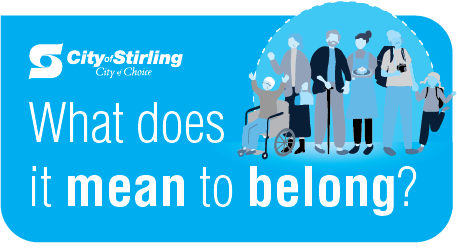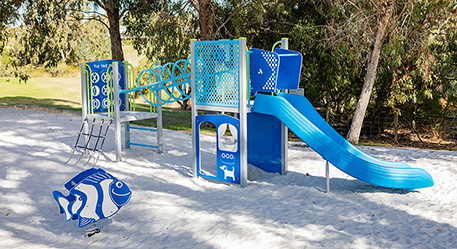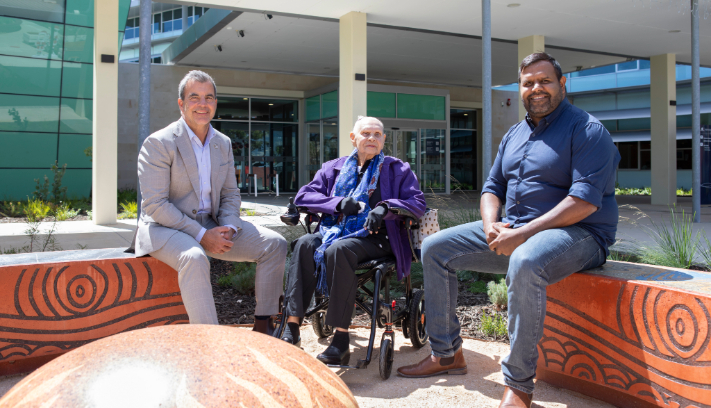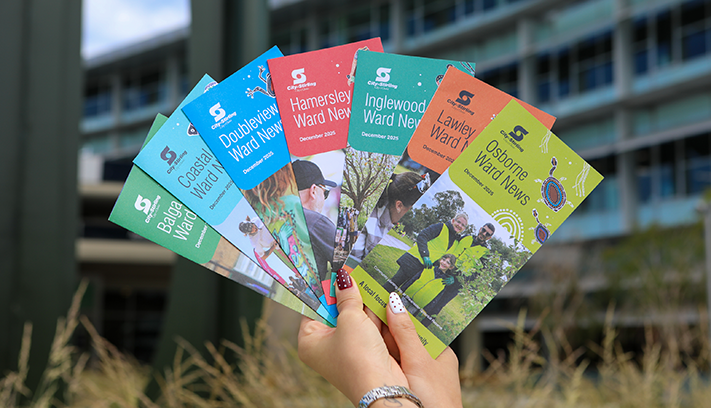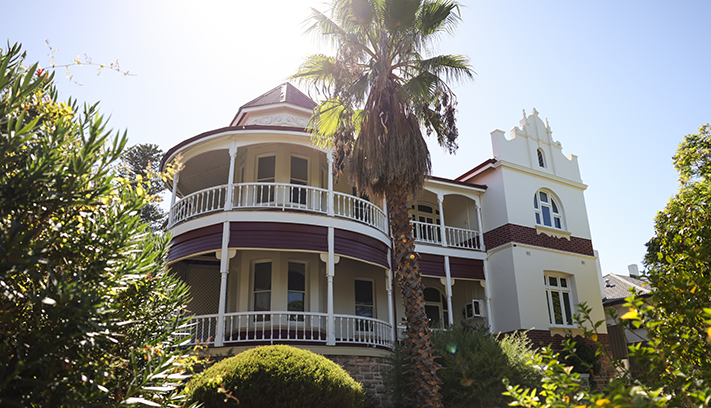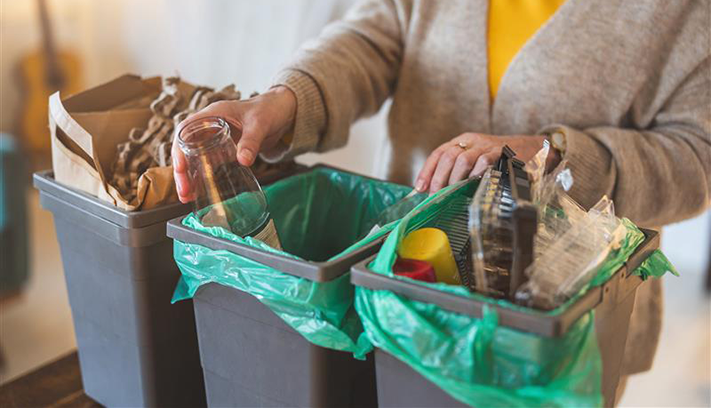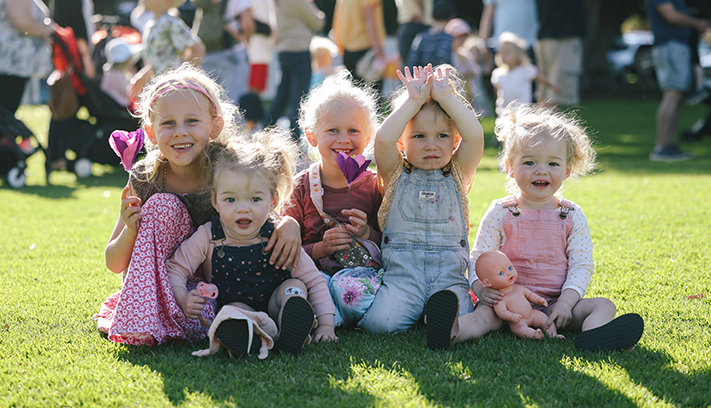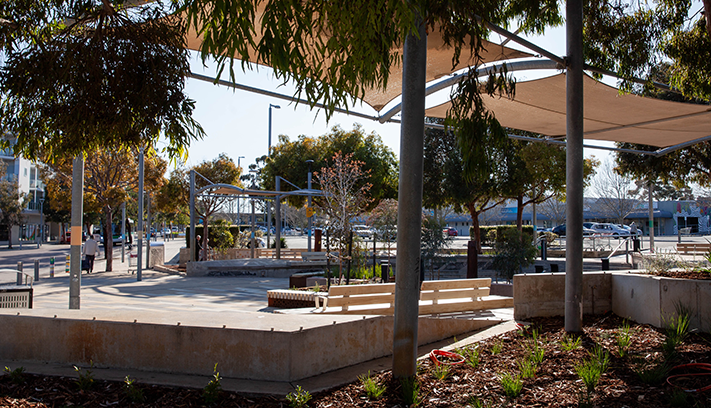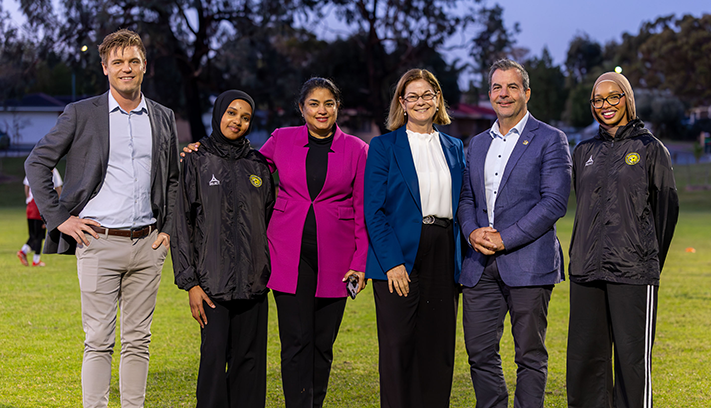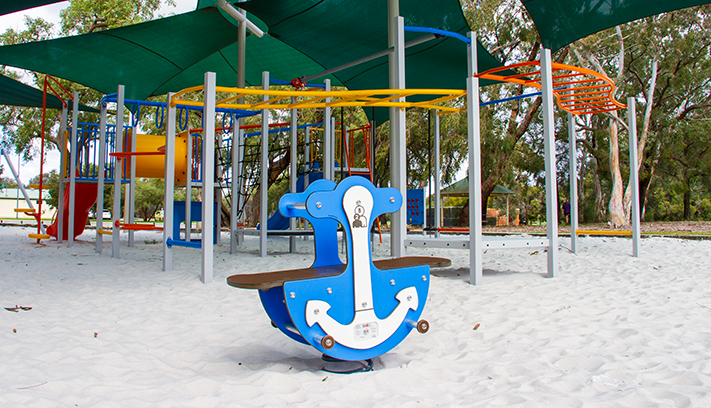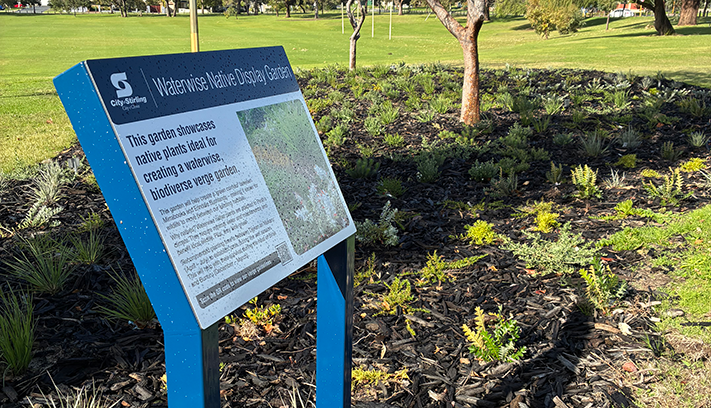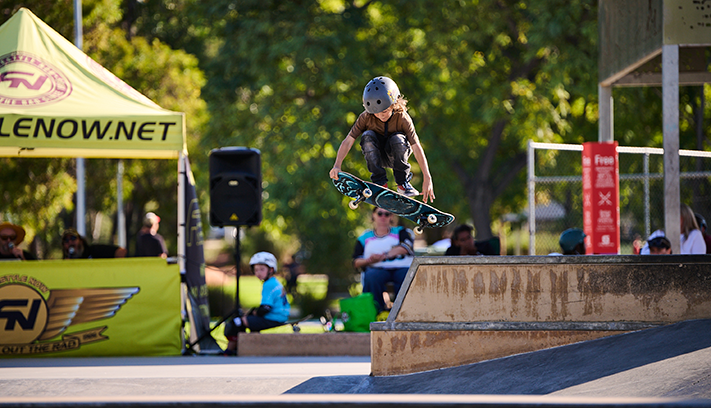

The local community describes Balga as high urban density, multicultural and friendly community. To better understand what is means to be ‘a local’ our suburb profile seeks to understand the local stories Koora (past), Yeyi (present), Boordawan (future) and respond to Ngalang Maya (our place). This snapshot identifies the unique character of Balga’s neighbourhood and helps the City rethink how we deliver services with a local focus.
Balga, from the Aboriginal word for an indigenous tree, was originally used for market gardens and poultry farms, before large-scale development of Balga began in the late 1950s.
What it means to be a 'local'
Adopted in 1954, the name Balga is derived from the Aboriginal word for the indigenous grass tree Xanthorrhoea.
The Balga locality was originally part of a grant given to T. R. C. Walters in 1840 and was used primarily for market gardens and poultry farms, before large-scale development of Balga began in the late 1950s.
In 1950, the State Housing Commission resumed land at Balga to form part of the Mirrabooka satellite city, which was to also include Nollamara, Westminster and the northern portion of Dianella.
Mirrabooka was to become a regional centre containing 16,000 houses, as well as civic and recreational facilities including childcare, schools and public open space, and it was envisaged the Balga population of workers would commute to and from Mirrabooka and the northern industrial areas. Although the Mirrabooka project was never completed, the State Housing Commission gradually developed land at Balga.
Community Facebook groups
Parks and playgrounds
- Bina Parkland and Dog Park
- Celebration Park
- Barry Britton Reserve
- Stirling Leisure - Balga.
Local community groups
Local sports clubs
- Balga Junior Football Club
- Edmund Rice Centre Lions
- Perth Cubs Teeball Softball & Baseball Club
- Perth RedStar Football Club
- Coastal Racing Pigeon Club
- ISWA Cricket
- Perth T20 Cricket League
- Shree Kutch Leva Patel Cricket Club
- Cavaliers (ex-Balga) Cricket Club
- Balga Soccer Club
Local schools
- Balga Senior High School
- Balga Primary School
- Warriapendi Primary School
- Majella Catholic Primary School
- North Balga Primary School
- Gladys Newton School
Local community centres
Local focus
These are the top local priorities you've told us are important for Balga.
What you've told us so far
"Make security better by having more preventative measures in place to discourage crime."
"Increased security patrols."
What we're doing
The City currently operates 19 Ranger Service vehicles between 7.00am and 7.00pm, Monday to Sunday, with four Community Patrol vehicles operating 24/7, 365 days a year. Patrol locations and equipment deployment are guided by data, rather than a blanket approach, ensuring resources are focused on areas of greatest need. This includes the ability to increase the number of Community Patrol vehicles to up to seven during priority times. The City also offers a Safer Suburbs rebate, which supports residents to install CCTV and other security-related equipment to help secure their property and discourage break-ins.
To make a report, call the City's Community Patrol on 1300 365 356 (24/7 services) or report online.
Learn more about community safety initiatives in the City of Stirling.
What you've told us so far
"Spend money on infrastructure/resources/shopping centres/roads/parks/etc."
What we're doing
The City has developed an Investment Attraction Framework which was noted by Council at its meeting on 10 June 2025. This will assist the City in better understanding where investment in infrastructure should be targeted and enable us to allow for it in our long term financial plan.
The City has commenced the preparation of a new Local Planning Strategy, which will set the planning directions and actions to address key challenges and opportunities for managing growth and change over the next 15 years. The Strategy will be structured around these four key themes:
- Environment
- Community, urban growth and settlement
- Economy and employment
- Infrastructure.
View the City of Stirling Minutes and Agendas.
What you've told us so far
"More community events, food markets, stuff to do with kids. More social interaction to get people talking and feeling of togetherness."
"Murals and street art in common or high traffic spaces."
What we're doing
The City's events team will continue to grow the inclusive and accessible event experience for our community during 2025-26. We will also continue to sponsor events, with $740,000 in the 2025-26 budget.
Through the Community Grants Program the City’s Arts team supports artists, community groups and businesses to commission and install murals in town centres and other community spaces. In 2024/25 one mural project was supported (valued at $10k).
In addition, the City also seeks out opportunities for the inclusion of artworks and murals on/or at City facilities or in public open spaces. This has seen the inclusion of murals or artworks in Yokine, Joondanna, Dianella, Scarborough, Mirrabooka, Menora, Gwelup and Hamersley over the past year.
Learn more about the City's Community Grants Program.
What you've told us so far
"Have a better recycling and sustainability program."
What we're doing
The City of Stirling is actively exploring alternative waste treatment options to increase resource recovery and reduce landfill use.
The City continues to monitor developments in strategic waste management, including the potential introduction of a FOGO service in the future.
We remain committed to exploring all options that support our Sustainable Stirling Strategic Community Plan objective: to be a waste-wise City, supporting a low-waste, circular economy that protects our environment from the impacts of waste.
To further support sustainability, the City has several waste avoidance initiatives in place, including rebates for reusable sanitary products and modern cloth nappies.
Our Waste Engagement team host regular workshops and events across a broad range of topics to support residents to reduce their waste and learn new skills in reuse, repair and a variety of waste avoidance measures.
Learn more about waste and recycling in the City of Stirling.
What you've told us so far
"Dog park - lights and maintenance."
What we're doing
A floodlight upgrade was completed at Princess Wallington in 2024/25. Through the 2025 State Elections the State Government has committed $850,000 through the Member for Girrawheen, Meredith Hammat MLA to deliver additional changerooms at Princess Wallington Reserve.
To learn more about Community Infrastructure Projects visit the shaping our City page.
Facts
Balga population
Average number of people per household
The average age in Balga is 32 years old
Top five birthplaces
Median weekly household income
66% of residents are satisfied with liveability
Local plans
Balga streets began to be laid out in 1959 with the majority of housing constructed between 1964 and 1970 the area is largely characterised by single-storey residential dwellings with lot sizes averaging 700 m2.
Most dwellings in Balga are made of brick and tile, reflecting the period of development and, while most residences are detached, there are some examples of grouped dwellings and flats throughout the suburb.
Balga contains 26 local open spaces and six district open spaces made up of parks and recreational reserves. The largest is Princess Wallington Reserve. Offering a broad range of recreational facilities, including an aquatic centre, tennis courts, cricket club and soccer club, its central location provides an important focal point for the Balga community. Fletching Climping Reserve is also identified as a Local Significant Natural Area.
Numerous other small parks and reserves, such as Heritage Park and Celebration Park, can be found across the suburb.
Balga also contains two local shopping centres, both of which provide a range of retail services to fulfil local needs:
- Fieldgate Square, on the western boundary of the suburb
- Westminster Plaza, centrally located.
Several primary schools, as well as Balga Senior High School and the North Metropolitan TAFE, serve education requirements in Balga. Established in 1972, the Balga campus of TAFE provides a diverse range of part-time and full-time studies with courses ranging from business studies and hairdressing to carpentry and plumbing.
Projects and engagements



